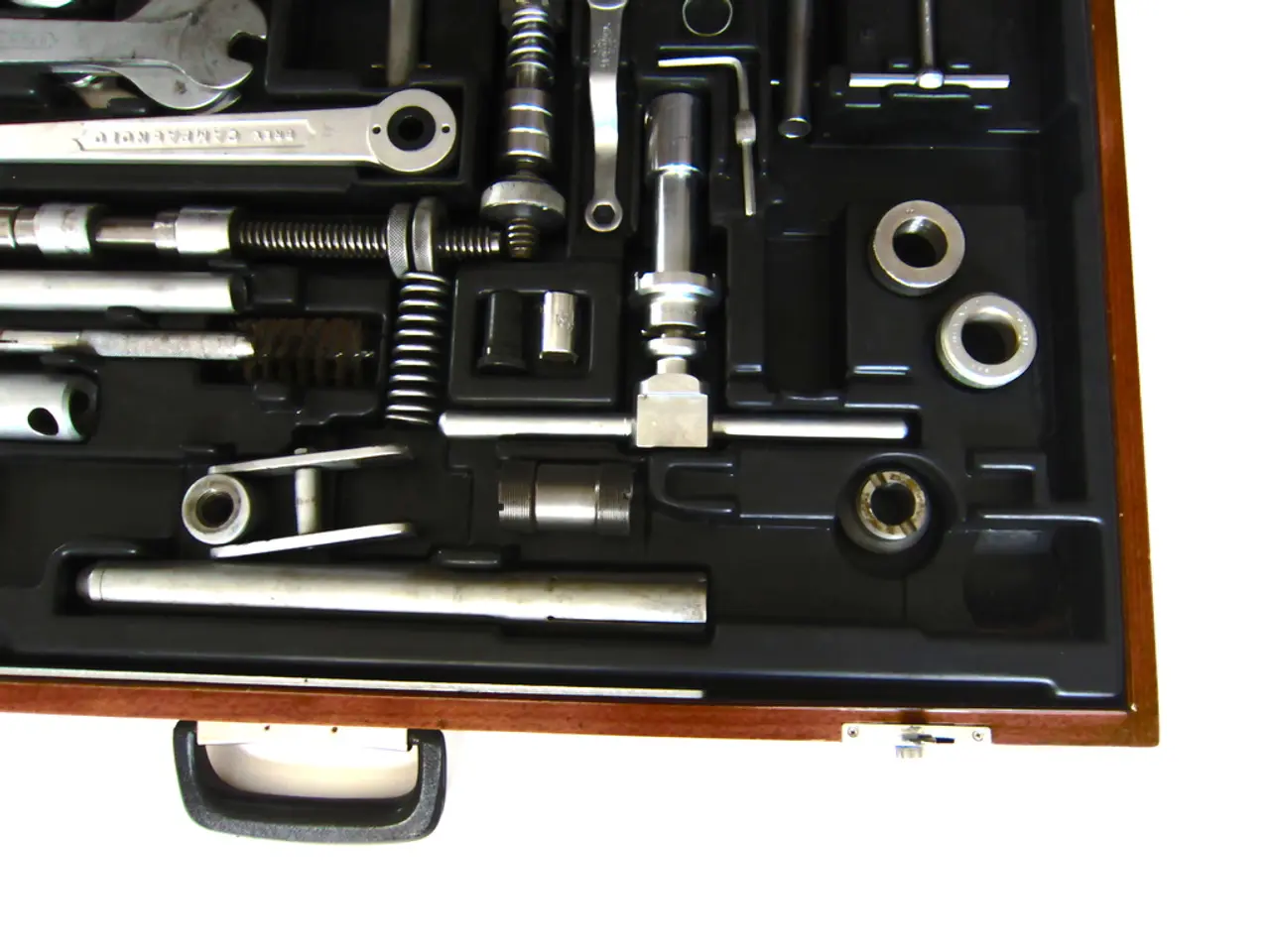Installing Cerb on Debian 12: A Guide
In this article, we will guide you through the process of setting up and deploying Cerb v11.1 on a Debian 12 server. This tutorial assumes you have a Debian 12 server hosted on Shape.Host with root or sudo access, a registered domain name pointing to your server's IP, and a basic familiarity with the Linux command line.
Prerequisites
- A Debian 12 server on Shape.Host with root or sudo access
- A registered domain name pointing to your server's IP
- Basic familiarity with Linux command line
- Access to your Shape.Host control panel (for DNS/SSL configuration)
Step 1: Update the System
Step 2: Install Apache Web Server
Enable the Apache services:
Check it's running:
Step 3: Install PHP with Required Extensions
Cerb v11.1 requires at least PHP 7.4+. Debian 12 default is typically PHP 8.1, so just install PHP 8.1:
For mod_php:
For PHP-FPM (recommended for better performance), install and enable PHP-FPM module:
```bash sudo apt install php8.1-fpm php8.1-mysql php8.1-mbstring php8.1-gd php8.1-xml php8.1-curl php8.1-imap php8.1-zip php8.1-soap php8.1-bcmath php8.1-intl -y
sudo a2enmod proxy_fcgi setenvif sudo a2enconf php8.1-fpm sudo systemctl restart apache2 ```
Step 4: Install and Configure MySQL / MariaDB
You can choose either — both work fine. Here MariaDB as example:
Secure MariaDB installation:
Follow prompts to set root password and remove insecure defaults.
Step 5: Create Database and User for Cerb
Login to MariaDB:
Run SQL commands:
Replace with a real secure password.
Step 6: Download Cerb v11.1
Navigate to web root, usually :
Step 7: Configure Apache Virtual Host
Create a file
For mod_php:
```apache
```
For PHP-FPM:
```apache
```
Enable the site, rewrite module, and reload Apache:
Step 8: Enable HTTPS with Let's Encrypt on Shape.Host
Shape.Host usually allows you to manage DNS and SSL certificates via their control panel. Alternatively, you can use Certbot:
Install Certbot:
Run Certbot to get and configure cert:
Follow prompts to install SSL.
Make sure automatic renewal is working:
Step 9: Finalize Cerb Installation via Web Browser
Open:
Cerb will present its installer:
- Fill in database info ( / password you set)
- Configure admin account
- Let installer complete setup
Optional: Configure Firewall (if applicable)
If you run UFW:
Summary Checklist
- [x] Debian 12 updated
- [x] Apache installed and running
- [x] PHP & extensions installed (mod_php or PHP-FPM)
- [x] MySQL/MariaDB installed and database for Cerb created
- [x] Cerb files downloaded and ownership set
- [x] Apache virtual host configured
- [x] HTTPS enabled with Certbot
- [x] Cerb web installer completed successfully
If you run into any issues, check Apache logs:
Feel free to ask if you want me to help with configuring specific parts or troubleshooting!
This article also covers the installation of Certbot for securing the site with HTTPS and the fact that Cerb is primarily designed to run on Apache with mod_php or PHP-FPM, both of which are fully supported in Debian 12. Additionally, Cerb is unique in this space due to its programmable workflows, deep customization, and focus on scalability. From Linux/macOS, this can be done directly. From Windows, PuTTY can be used. Built with PHP and MySQL, Cerb is a developer-friendly, extensible platform. Shape.Host is recommended for fast, secure, and scalable infrastructure for hosting Cerb installations.
Technology plays a significant role in this process, as Cerb v11.1 requires at least PHP 7.4+, and Apache Web Server is utilized for deploying it. Furthermore, Let's Encrypt is used to secure the connection, which is another example of technology implementation.




